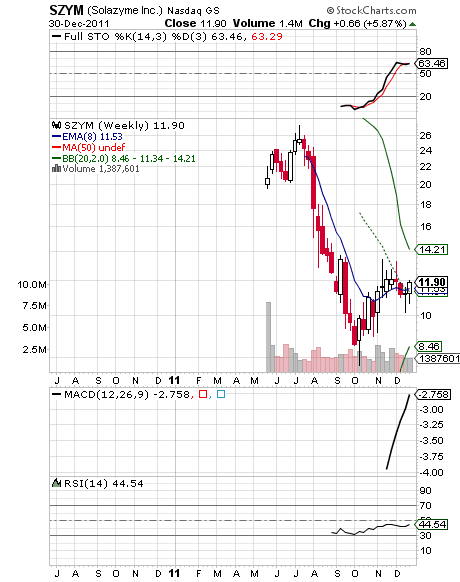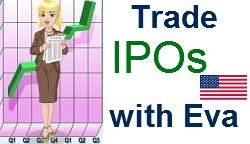- Around 14% of the company’s outstanding shares will be publicly traded while the rest of the company will be owned by CEO Mark Pincus (16%), employees, and a variety of other early investors.
- Chief executive officer Mark Pincus is not selling any of his ownership of Zynga during the offering and neither is the second largest owner KPCB Holdings, who own 11% of shares. There will be a ninety day lockup period before owners can sell shares of the newly public company.
CityVille, Zynga’s biggest game, is described by the company as “Monopoly Meets Main Street” — but it’s also very similar to SimCity.
Words With Friends, which Zynga acquired in December 2010, is basically a socialized, online version of Scrabble.
Zynga’s top games include:
- CityVille
- FarmVille
- Words With Friends
- Zynga Poker
- CastleVille
- Empires & Allies
- Mafia Wars and Mafia Wars 2
- Hanging Wit Friends
The top games by monthly active users, according to AppData.com are:
- CityVille (48m)
- CastleVille (35m)
- FarmVille (31m)
- Zynga Poker (28m)
- Words With Friends (13m)
Keeping Users Active
A core part of Zynga’s business is keeping users engaged and coming back for more. On that front, Zynga’s S-1 shows that the company has 227 million active monthly players who play 2 billion minutes a day of play.
Growth in Zynga games is actually flattening. When Zynga first filed its S-1, the flattening user figures were a concern to some potential investors.
It’s true that active monthly users as of this month are down from where they were in December 2010. This means that Zynga is under pressure to keep users more engaged and to bring new players into the fold.
To keep users coming back, the company frequently does promotional marketing with celebrities, musicians or movie properties. This week, we reported on Zynga’s plans to bring Michael Buble to CityVille.
For some, the biggest potential problem with a Zynga investment is the company’s reliance on Facebook. Zynga and Facebook have a mutual love-hate relationship. Zynga relies on Facebook for its social graph and user interaction — and Facebook generates a lot of revenue from Facebook Credits and other Zynga payments. Still, the two sides don’t always see eye-to-eye.
Zynga has veered into other platforms, including Google+ and iOS. The company also plans on launching its own broader Zynga-based platform for game play.
Here are 11 more interesting stats from Zynga’s IPO filing:
1. Zynga’s generated a lot of money in its history. “We have launched the most successful social games in the industry in each of the last three years and have generated over $1.5 billion in cumulative bookings since our inception in 2007,” the company said in its S1 filing.
2. Zynga has been profitable since 2010. In 2009, the social gaming company lost $52.8 million on $121.5 million in revenue. But the company earned $90.6 million in profit on $597.5 million in revenue last year.
3. Zynga’s revenues are skyrocketing. In Q1 2011, Zynga earned $235.4 million in revenue. That’s up from just $100.9 million in Q4 2010, meaning the company’s revenue more than doubled in just three months.
4. CEO Mark Pincus has absolute control over Zynga. While he only owns 16% of the company’s Class B shares, he also has 100% of Zynga’s class C shares. That means he has absolute voting control and will retain it even after the IPO.
5. We waste lots of time in Zynga games. 38,000 virtual items are created every second. More importantly, Zynga’s players spend a total of 2 billion minutes on the service every day.
6. Zynga boasts 416 million interactions between its users every day. “Historically, our players have created over 4 billion neighbor connections,” the company said in its filing.” We’re not sure what constitutes a neighbor connection, but fostering billions of connections per week is impressive.
7. Zynga makes almost all of its money through virtual goods. In 2008, online games and virtual good sales brought in $5.3 million in revenue while advertising generated $14.1 million. In 2010, those numbers flipped: Zynga made $574.6 million from virtual goods and its online games and just $22.8 million from advertising. The online game revenue likely includes partnerships (such as GagaVille) but it’s still one of the few online companies not dependent on online advertising.
8. Zynga has a lot of employees. As of May 31, 2011, Zynga has 2,268 full-time employees. To support them, Zynga has leased a 345,000 square foot facility in San Francisco.
9. Owen Van Natta is well compensated. Zynga’s EVP, the former CEO of MySpace and the former COO of Facebook, earned $43.2 million in 2010, mostly in the form of stock options and awards. David Wehner (CFO) earned $18 million, while Steven Chiang (co-president of Games) took home $28.9 million. Pincus earned just $520,000 in 2010, but given his giant stake in the company, he doesn’t need too much cash.
10. Zynga is still dependent on Facebook. Zynga gives 30% of its game revenue to Facebook, the same percentage Apple requires for inclusion on the app store. In fact, the word “Facebook” appears more than 200 times in the S1 filing. We’ve even created a word cloud (above) from the S1 to show that Facebook is, by far, the most mentioned company in Zynga’s S-1.
11. Zynga’s user base hasn’t grown in the last year. This is the stat that will worry investors. The company had 236 million monthly active users in Q1 2010, the exact same mount it had in Q1 2011. It actually had more daily active users in Q1 2010 than Q1 2011. We suspect that it’s due to the rapid rise ofFarmVille. It’s difficult to consistently create hit games at that level.

















































